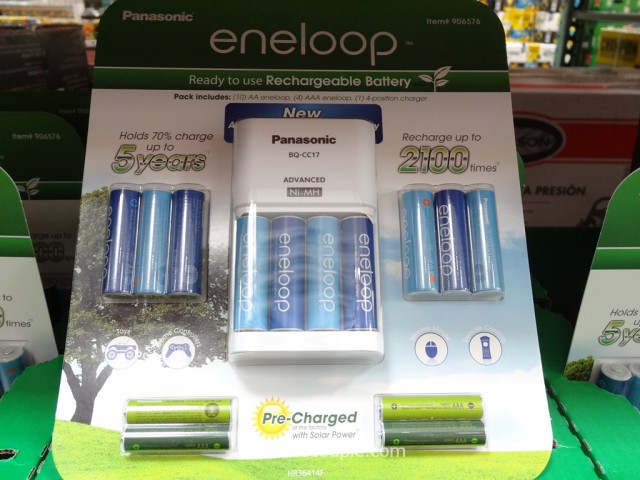I like to rotate the batteries for single AA, dual AA, quad AA, single AAA, dual AAA, etc. Don't have any 3 AA devices that I regularly use any more, and those are a pain. I don't know if there's necessarily even wear, but I'm thinking they never get to the point where they reach the equivalent max cycles. And some of my devices are rarely used, but the batteries will randomly go in and out. Never had anything ever wear out unless if was charged in the device in a cradle, and those are notorious for killing batteries. Topped off all the time. I just like having them. I'd previously used a Maha charger instead of the Sanyo chargers that charged in pairs, but I mostly use a couple of Panasonic BQ-CC17 chargers. They're slow but I've never had any batteries that were too hot to touch while charging.
I think the longevity standard that Panasonic/Sanyo uses is 60% of nominal max charge. Certainly for your purposes as an emergency light, you're not likely to ever reach that point, unless there's just a random failure. And you might even want to stash some spares with it.
I rather like the 1900 mAh Ikea LADDA now. I don't know why they claim only 1000 cycles, but for the most part I don't think it matters. I'm thinking they could be the same quality as other batteries from the FDK factory.
LADDA rechargeable battery, HR06 AA 1.2V, 1900mAh You reduce costs and waste by switching to rechargeable batteries, especially if you are a frequent user of traditional alkaline ones. In addition, you will always have working batteries when needed! The battery is ready to use.

www.ikea.com







